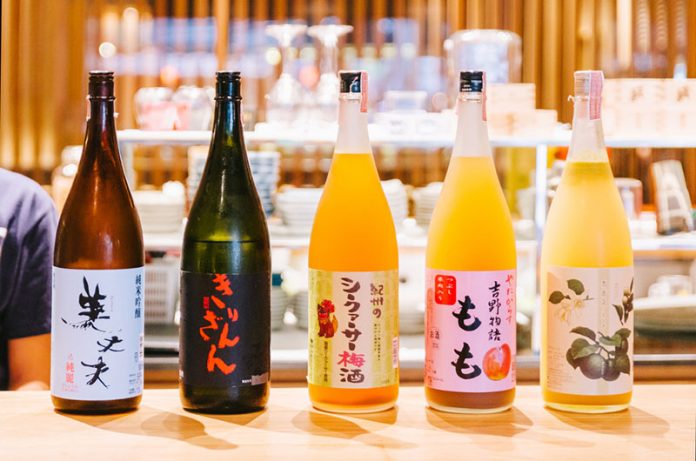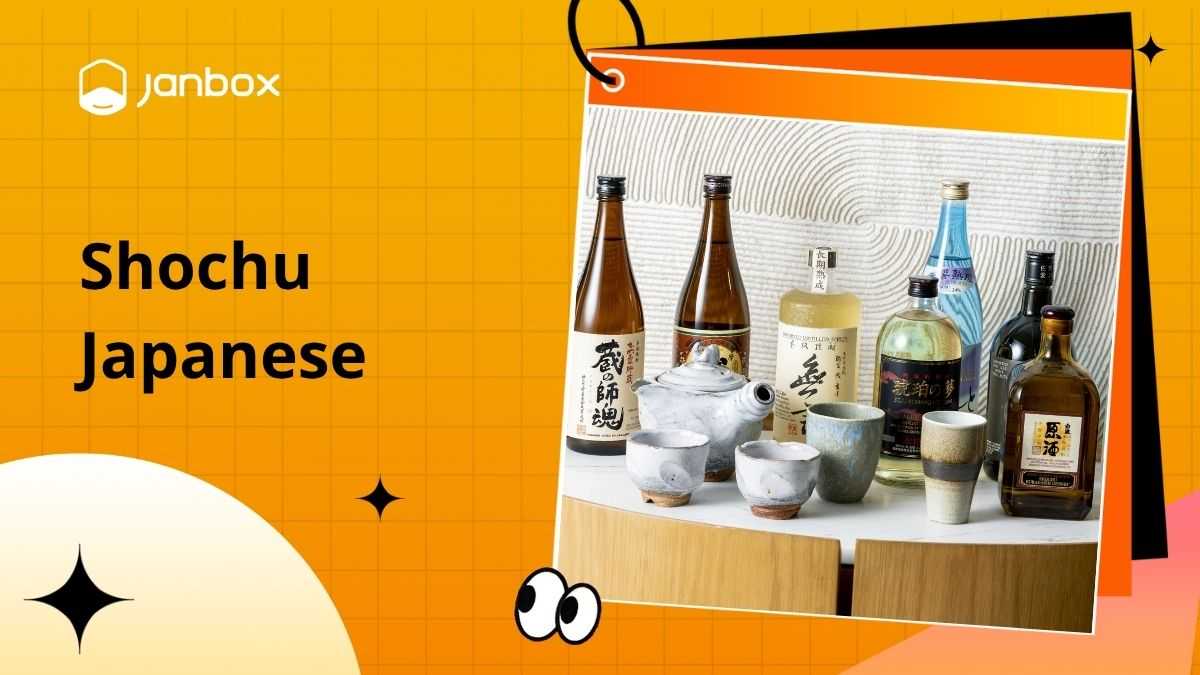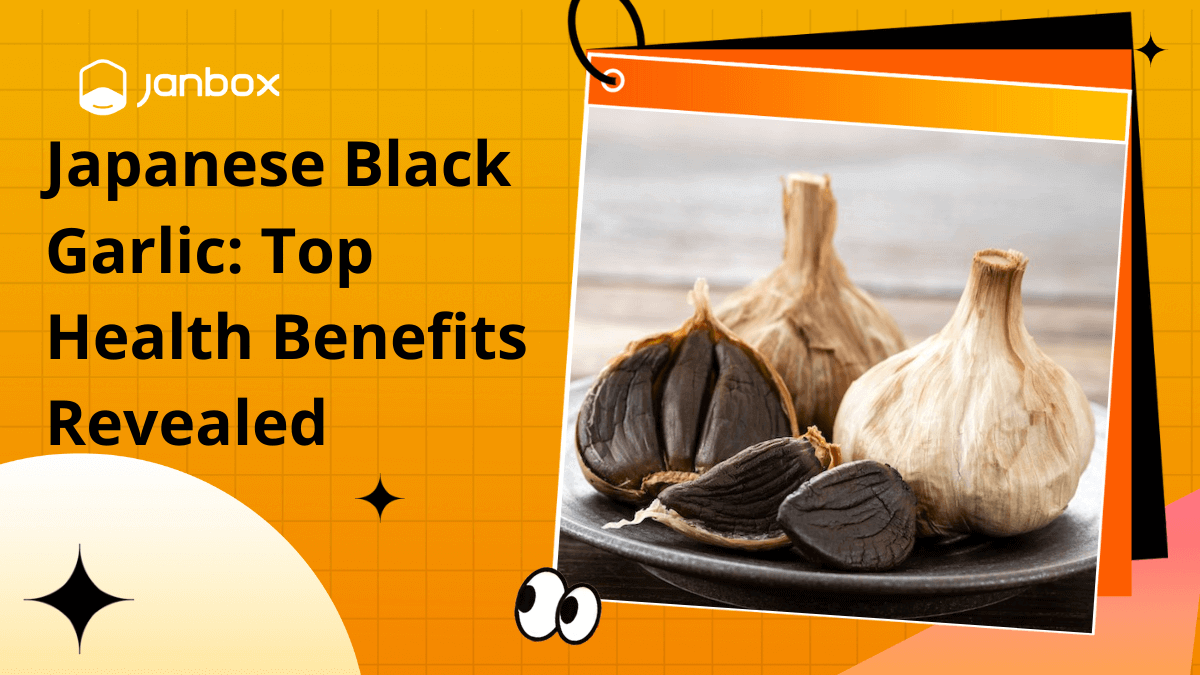In Japan, enjoying alcoholic beverages is a practice that dates back to the country’s early history. Drinking remains a significant part of Japanese life, both at pubs and bars and during social gatherings. The following list of Japanese alcoholic beverages will give you a decent understanding of the country’s deeply ingrained drinking culture.
1. Mugi Shōchū
A fermented mash of water, yeast, and koji mold is the basis for the creation of shochu, a distilled Japanese alcoholic beverage that was initially produced in Kyushu in the 1500s. The base ingredient is then added to the mash and let ferment after that. The mixture is then distilled after this. Mugi (barley), sweet potatoes, rice, sugarcane, buckwheat, or Shiso, a leaf from the mint family, are examples of base foods.
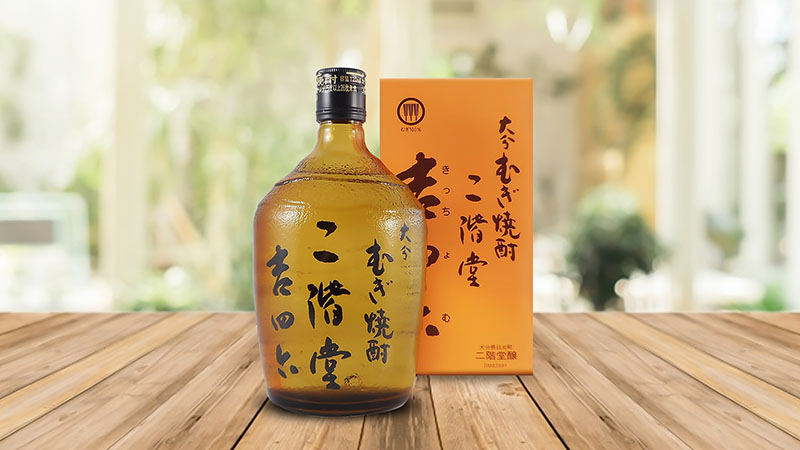
One of the most popular types of shōchū is this one, which is often smooth, enjoyable, and simple to consume. Mugi (barley) shōchū can be blended with cold or warm water or consumed straight up. Usually, it is bottled at a 25% ABV.
While sweet potato shochu has a stronger flavor and may be heated up, mugi shochu is milder and excellent for novices. For a moderate but somewhat bitter flavor, try buckwheat shochu, or go slightly sweet with sugar cane shochu. Shochu is frequently ingested by itself, with ice, in combination with other beverages, warmed, or with the addition of water.
2. Yuzushu
Similar to Italian lemon-flavored liqueur limoncello, Yuzushu contains components that are also found in umeshu, with the exception that citrus fruit yuzu is used in place of the sour plum. Although it’s created from a different citrus fruit that partly resembles lemons, the flavor is tart lemonade with alcohol. This can be eaten on its own, with ice, in combination with other beverages, or with cold or hot water.

3. Umeshu
A clear, colorless liquor such as shochu or another transparent liqueur is used to macerate sugar and ume plums (Prunus mume) to create umeshu, a Japanese liqueur. The base is often prepared with shochu, however other neutral spirits may also be used. It is typically made with rock sugar and ripe or green plums.
A fruity-smelling bittersweet liqueur is the end product. In addition to the traditional style, it is available in a number of variations that may contain extra sweeteners like honey or black sugar, or other flavorings. There are about 300 different types of umeshu, and they all include different organic components like lemons, green tea, herbs, and so on. You can sip umeshu alone, with ice, or diluted with soda, water, or tea.
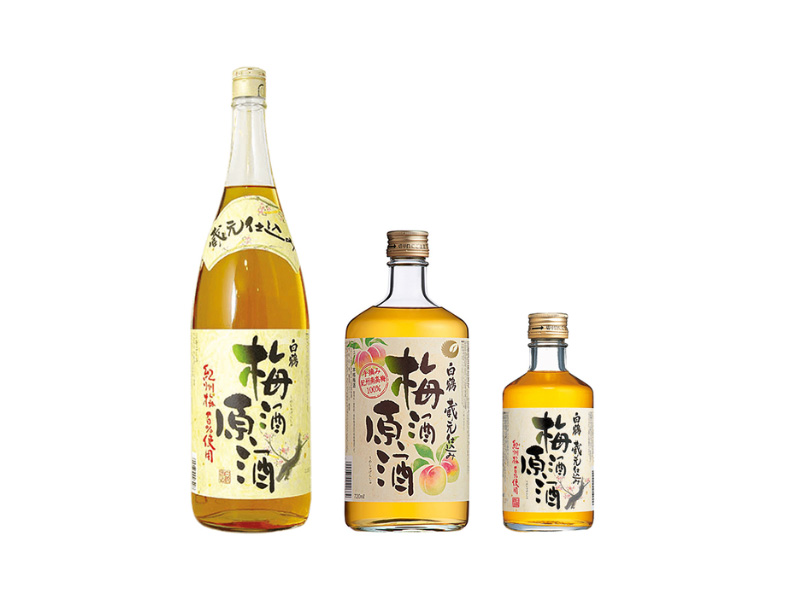
It has a usual ABV of 10-15% and blends well into drinks. Botanically speaking, ume plums are Japanese apricots and were introduced to Japan from China. In addition to umeshu, they are also pickled (umeboshi) and are delicious as a side dish or condiment. If you’re prepared to wait around six months before consuming it, you can simply create your own canned umeshu at home.
>>> Read more: 16+ Most popular Japanese drinks – How Many Have You Tried?
4. Sake
The oldest documented reference of the Japanese spirit drink known as sake goes back to the third century. In Japan, the term “sake” truly applies to all alcoholic beverages. Nihonshu, which means “Japanese alcohol,” is the official name for what outsiders refer to as sake.
Sake is frequently referred to as “rice wine.” Actually, the fermentation process is more like making beer. It is made at breweries, of which Japan has roughly 1,800. The drink is created with brewing yeast, koji mold, water, and polished rice in its simplest form. All of these factors affect sake quality, but polishing rice is essential since the outer layer of the rice kernels may give an unfavorable flavor.
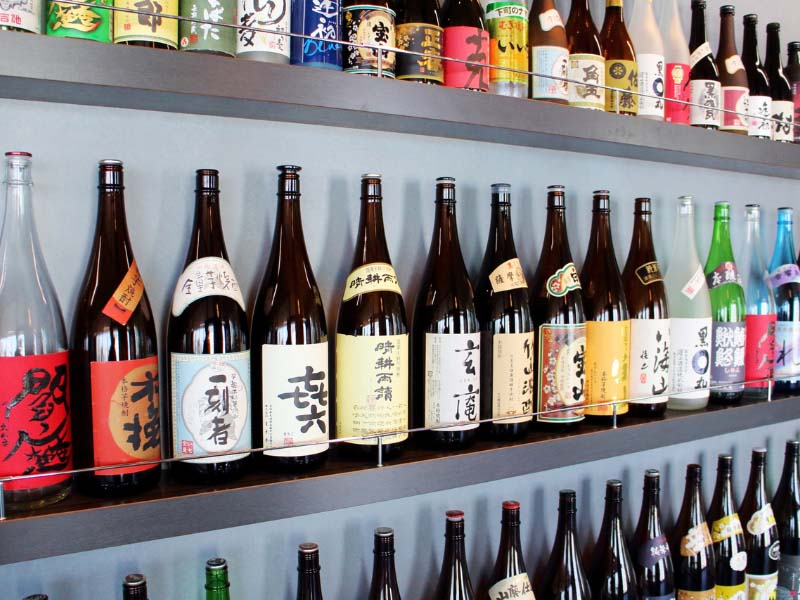
In a mixture of water, yeast, and koji mold, the rice grains are thoroughly ground, cleaned, cooked, and combined. Then, further amounts of koji, water, and rice are added after the mixture has fermented for 3–4 weeks. Five to six months are given for the fermented mixture to mature. Filtering and bottling the mixture are the last two steps. The alcohol concentration of Nihonsu, which ranges from 10% to 20%, makes the liquor incredibly potent. Sake, often known as the Japanese rice wine, is produced by brewing a unique variety of rice called Sakamai.
Sake may come in a number of styles with varying levels of complexity and flavor complexity depending on pasteurization, age, filtering, and the inclusion of distilled alcohol. Sake can be served cold or heated. Typically, the less expensive options are poured hot directly into a glass. For more costly ones, it is poured into tiny cups (Sakazuki) from a ceramic bottle (Tokkuri).
5. Chuhai
The alcohol percentage of chūhai, a blended Japanese beverage, ranges from 3 percent to 9 percent ABV. When first created, it was a combination of soda water and shochu, a Japanese liquor manufactured from a variety of materials, including barley, sweet potatoes, rice, and buckwheat.
Vodka is now occasionally used in place of shochu, and other fruit-flavored syrups, soda waters, or juices are frequently added. It is said that the drink initially debuted in Izakayas (Tokyo), where the term “chūhai” originated from a combination of the words “shochu” and “highball.”
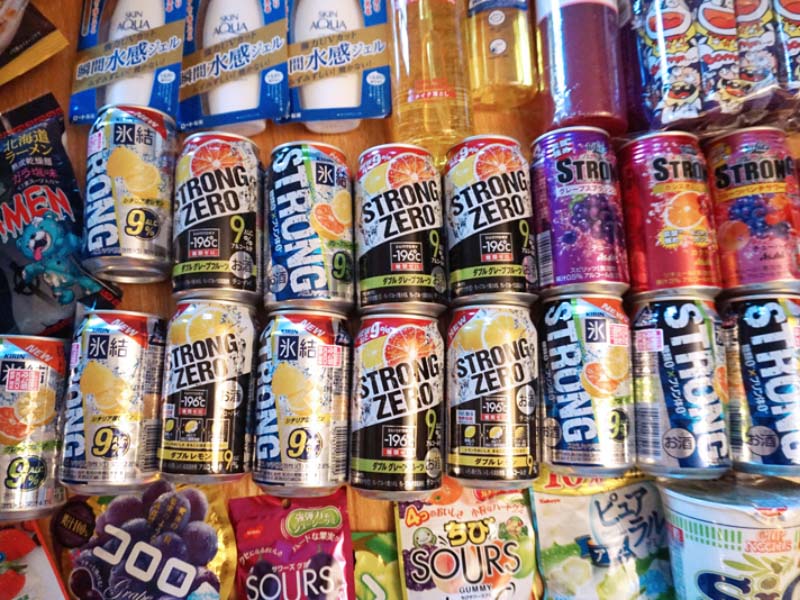
Although it is still made from scratch in bars and served in tall glasses or mugs, canned versions of the beverage are also extensively offered in convenience shops and supermarkets across the nation. Nama chūhai is the usual term for a variation made with fresh juice.
>>Read more: Top 10 cool things to buy from Japan
6. Lemon Sour
The next Japanese drink is the Lemon Sour. This is an illustration of a good shochu mix and is a frequent alcoholic beverage in Japanese pubs and izakayas. Shochu, soda water, and lemon juice are the ingredients. It is cooling and not too sweet. It is a typical “first drink of the night” in Japan.
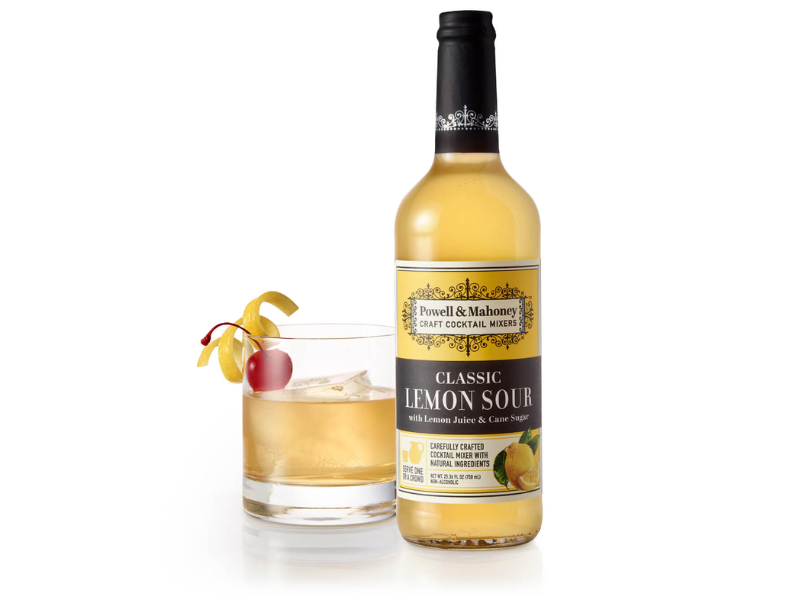
The lemon sour beverage was created in Tokyo and comes in a variety of flavors, including yuzu, grapefruit, Sudachi, and Shikuwasa. It can also be found in cans and may be served pre-mixed at some izakaya or other eateries.
7. Whiskey Highball
A mixture of whiskey and sparkling (carbonated) water known as a “whiskey highball,” which was a popular alcoholic beverage in Japan during the 1950s, is currently seeing a rebirth in restaurants and is even available in cans. It is advised to add ice to this combination if you plan to consume it out of a glass. Carbonated soda or fruit flavors can also improve a whiskey highball. You can tell why it’s now regarded as one of Japan’s most popular beverages after just one sip.

It is a well-liked beverage at izakayas and eateries, and you can even get it in cans in the majority of convenience stores and supermarkets in Japan. Japanese whiskeys are now well-known around the world because of certain well-known Japanese alcohol brands, like Nikka and Yamazaki.
8. Hoppy
Hoppy is a Japanese beverage with a 0.8 percent alcohol level that resembles beer in both appearance and flavor but lacks the foam of a conventional beer. Hoppy is much better for people who are worried about their weight and health because it has fewer calories and carbs than beer.
The majority of it is presently sold in Tokyo, where it was first manufactured and distributed in 1948. Hoppy comes in several varieties. However, only White Hoppy and Black Hoppy are offered in the majority of izakaya in Japan.

Hoppy is regarded as a better and more inexpensive alternative because it is really distilled rather than brewed like other beers. If you enjoy beer but need to limit your intake of alcohol and/or carbohydrates, this is a decent option that is frequently mixed with other beverages in Japan.
>>> Read more: How To Buy Zima From Japan? [Guide Step-by-step]
9. Awamori
Awamori is renowned for having an extremely high alcohol level, often between 30 and 50 percent, and is thought to have been the first distilled beverage in Japan. Black koji mold, which is frequently cited as the main component that gives awamori its characteristic flavor, is combined with fermented long-grained rice known as “Indica” rice to create the beverage.
The beverage is often kept in clay pots and let to age since it gets better and smoother with time. Kuusu refers to awamori who are older than 3 years. As opposed to awamori, which has a stronger but smoother flavor than sake, kuusu can have a somewhat rich yet mellow flavor. Kuusu and awamori can be compared to single-malt scotch and whiskey, respectively.
The most popular beverage in Okinawa is often served with water and ice so that each person may customize it to their liking. It can also be consumed straight, added to drinks, or blended with soda or sweetened coffee-flavored milk.
10. Atsukan
Particularly in the winter, the Japanese enjoy sipping hot sake called atsukan. The flavor of atsukan is moderately tangy and smooth. Sake and atsukan are both distilled using koji mold, rice, water, and yeast, which are essentially the same components. Atsukan, which translates to “hot sake,” is available in the forms of nurukan, tobikiri, hitohadakan, yukibie, and hiyakan.
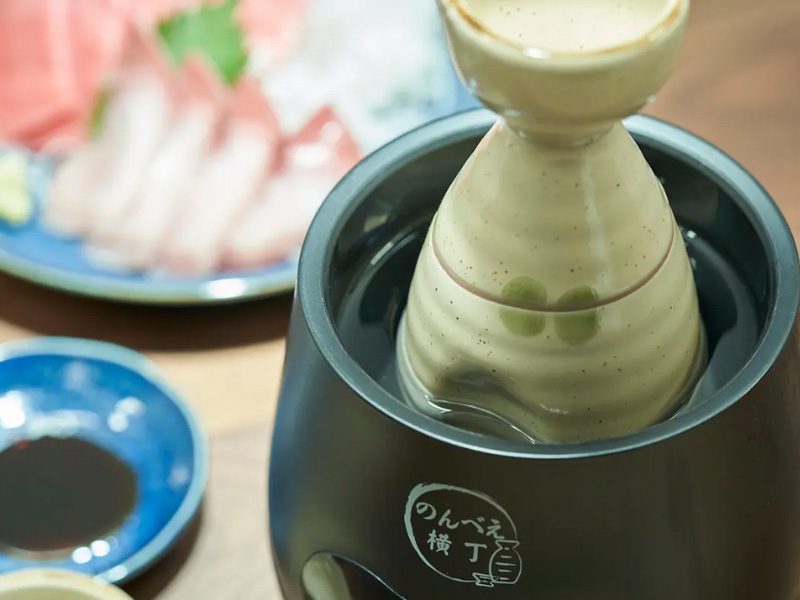
The many Atsukan varieties all taste best at a certain temperature; for example, the original Atsukan is best served at 50 °C. In addition to atsukan, which is served at 50 degrees Celsius (120 degrees Fahrenheit), you can also order Tobikiri, Joukan, Nurukan, Hitohadakan, Hinatakan, Hiyakan, Suzu-bie, Hanabie, and Yukibie at 45 degrees Celsius (113 degrees Fahrenheit), and at 40 degrees Celsius (104 degrees Celsius), respectively (5C, 41F). Okan or Kanzake is the common name for hot sake. Whatever your preference, hot sake should be on your list of beverages to sample when visiting Japan.
11. Red Eye Cocktail
The list of Japanese alcoholic beverages worth trying also includes Red Eye Cocktail. This beverage is frequently created with beer, tomato juice, and maybe lemon juice. Other variations of it might include vodka and a raw egg. In Japan, Happoshu with tomato juice is a canned variant of the red-eye cocktail that may be consumed ice cold in a glass.
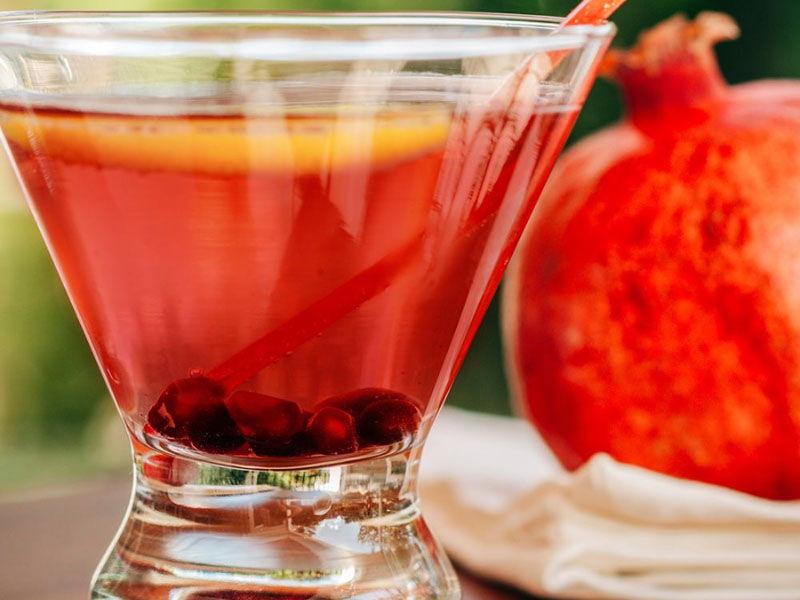
12. Oolong-Hai
Another shochu mixture is called Oolong-Hai, often known as Oolong Chahai or Oolong Highball. Oolong tea and shochu are combined in it. Oolong hai is still regarded as a type of Japanese alcohol beverage, although it can be more appealing to tea drinkers. This mixture tastes a lot like unsweetened iced tea since the tea flavor is rather strong, making it yet another really pleasant mixture.

The alcohol content of the Oolong Hai and the Lemon Sour will often be much lower when combined. Simply add a mild shochu type, such as mugi shochu, to the mixture to change oolong tea into Oolong-Hai; other varieties, like sweet potato shochu, can be too potent for a harmonious flavor combination.
13. Japanese Craft Beer
Beer is an alcoholic beverage that has grown in popularity in Japan. Since the turn of the 20th century, beer has been more popular among Japanese consumers than sake. Beer is an alcoholic beverage created from cereal grains, yeast, hops, and water, just like most other places around the globe.
Dutch traders originally brought beer to Japan at Dejima, an island trading port from the days when Japan was more segregated. After reopening to the outside world, the nation quickly began importing beers, and subsequently, the Japanese began producing their own.
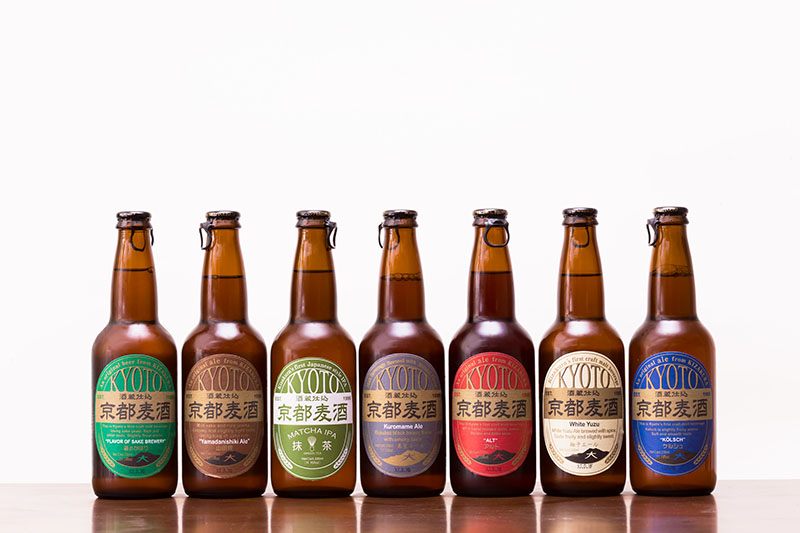
People frequently order it at an izakaya before even glancing at the menu since it is so well-liked. When people initially enter, practically every table of drinkers will utter the phrase “Toriaezu biiru.” It is code for “Start with beer.” You nearly always receive the draft beer on tap when you utilize this statement. In Japanese, the beer on tap is referred to as “Nama.” Typically, a light lager beer with a 5-percent alcohol level is used.
14. Amazake
During the Japanese New Year, amazake, or “sweet sake,” is frequently consumed as a hot beverage. You get extremely warmed up by the alcohol. It is offered for sale at booths at temples all across Japan. There are two different varieties of creamy, sweet beverages, one of which is alcoholic and produced with sake lees. and one that is non-alcoholic and prepared using rice koji. Both contain water and rice.

The alcohol percentage of amazake prepared with sake is still relatively low. The lees are dissolved in hot water, then sugar is added to make it. Amazake is a favorite beverage with many children. They stay warm with the drink on chilly nights, especially on New Year’s Eve. Amazake provides you with a wealth of beneficial nutrients, including glutamine, vitamin B, folic acid, and dietary fiber. You may genuinely state that you consume this beverage for your health!
>>> Read more: How to buy from Japan – Janbox proxy shopping service
15. Japanese Whiskey Wine
Did you know that Japan makes fine whiskey? The greatest whiskey in the world award was given to Suntory’s Yamazaki Single Malt Sherry Cask 2013 in 2015. Since then, Japanese whiskey has gained enormous popularity.
The whiskey is created with extraordinary attention to detail, like other Japanese products. It is prepared with premium components, such as wonderful mineral water.

Whiskey from Japan has a mild flavor. Compared to, for instance, Scottish whiskeys, it has more delicate tastes (although both share many of the same traits). In Japan, a lot of individuals consume whiskey-based drinks. In the summer or when eaten with meals, it is also frequently relished with ice.
Japanese alcoholic beverages fall under the category of PROHIBITED exports due to the country’s regulations. Therefore, you can only purchase alcoholic drinks if you are in Japan or arrange for domestic shipping within Japan; international shipping is NOT ALLOWED.
Conclusion
You should serve each other rather than yourself when consuming Japanese alcohol. You will enjoy consuming several Japanese alcoholic beverages in different ways depending on the circumstances and tastes of each individual. It makes perfect sense to share the flavor of Japanese wine with your friends or family, nevertheless, as each bottle is a precious gift to us.
- Website: https://janbox.com
- Email: [email protected]
- Facebook: https://www.facebook.com/janbox.com.en

